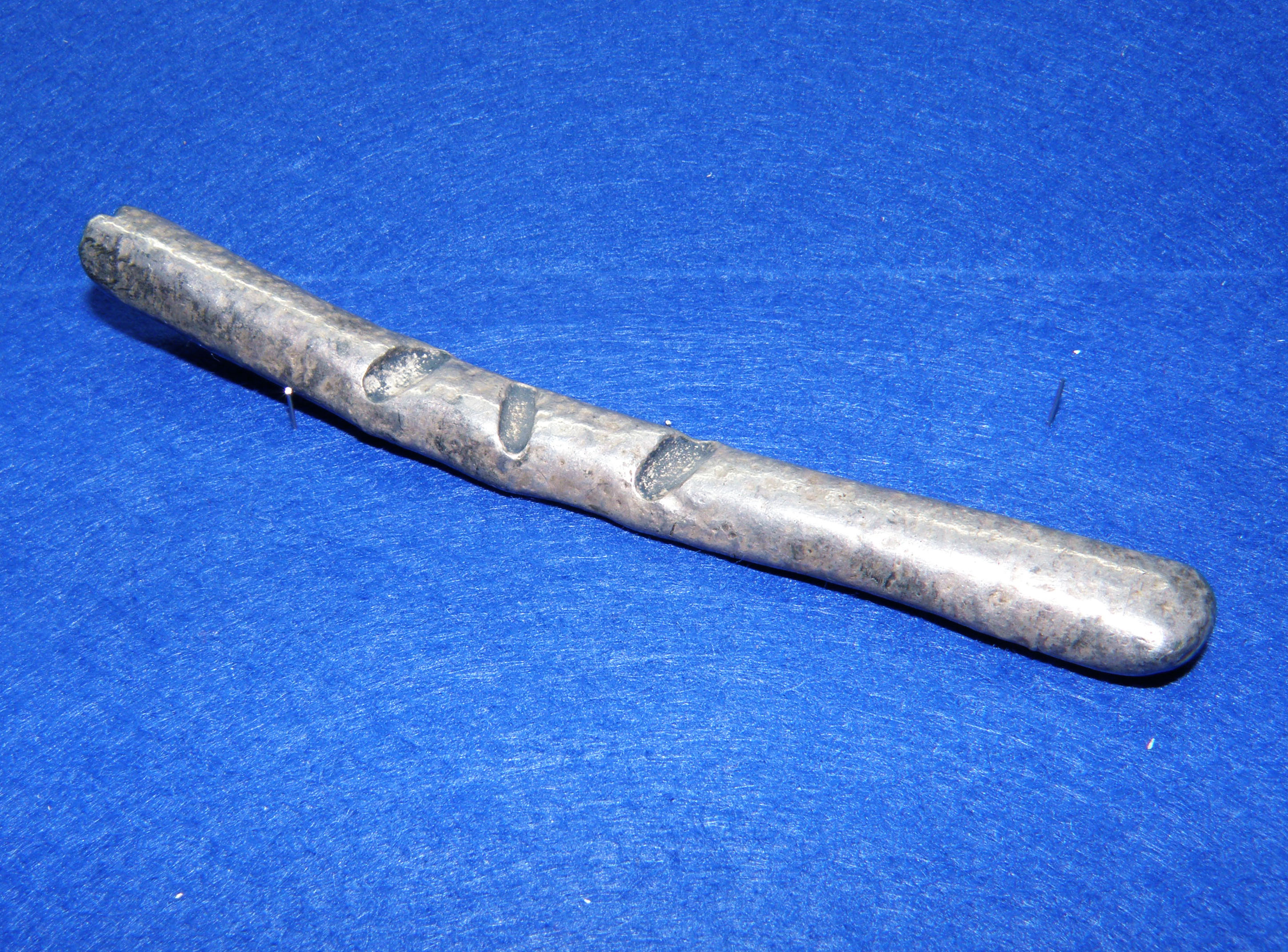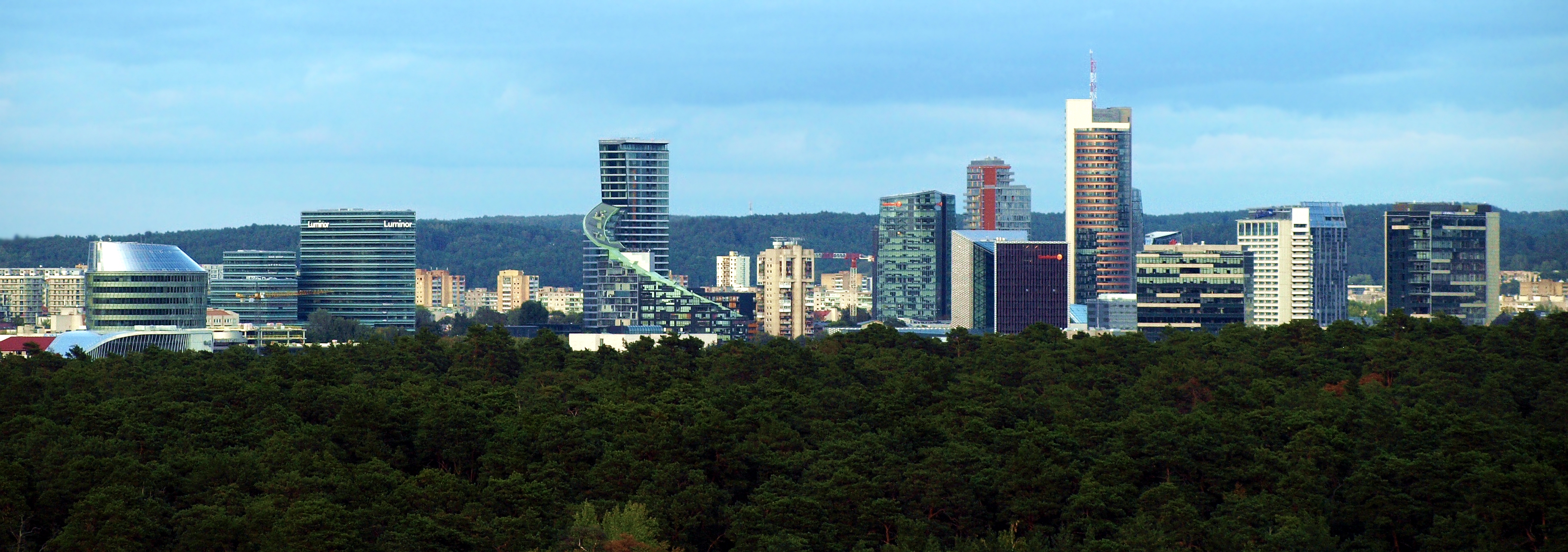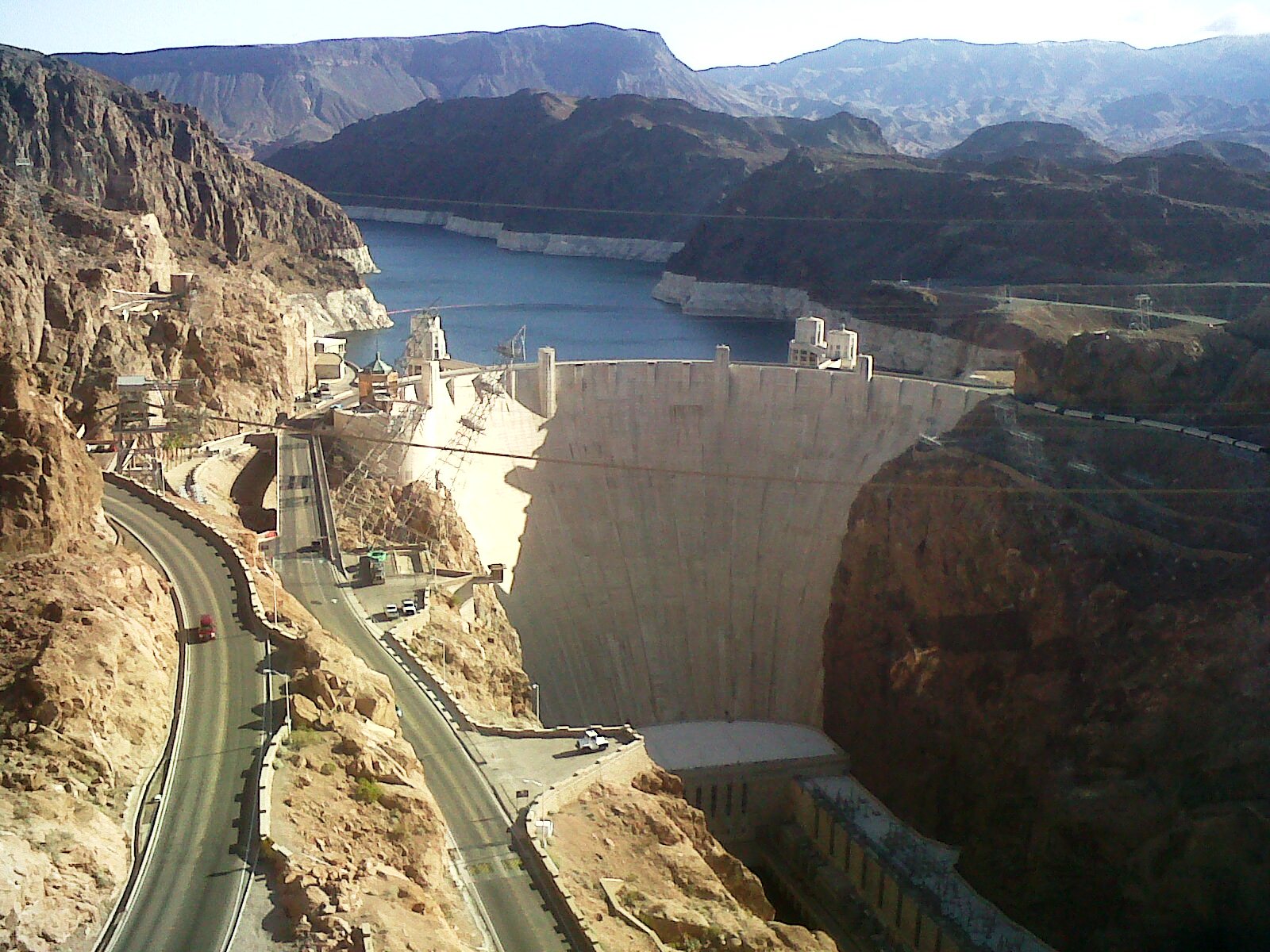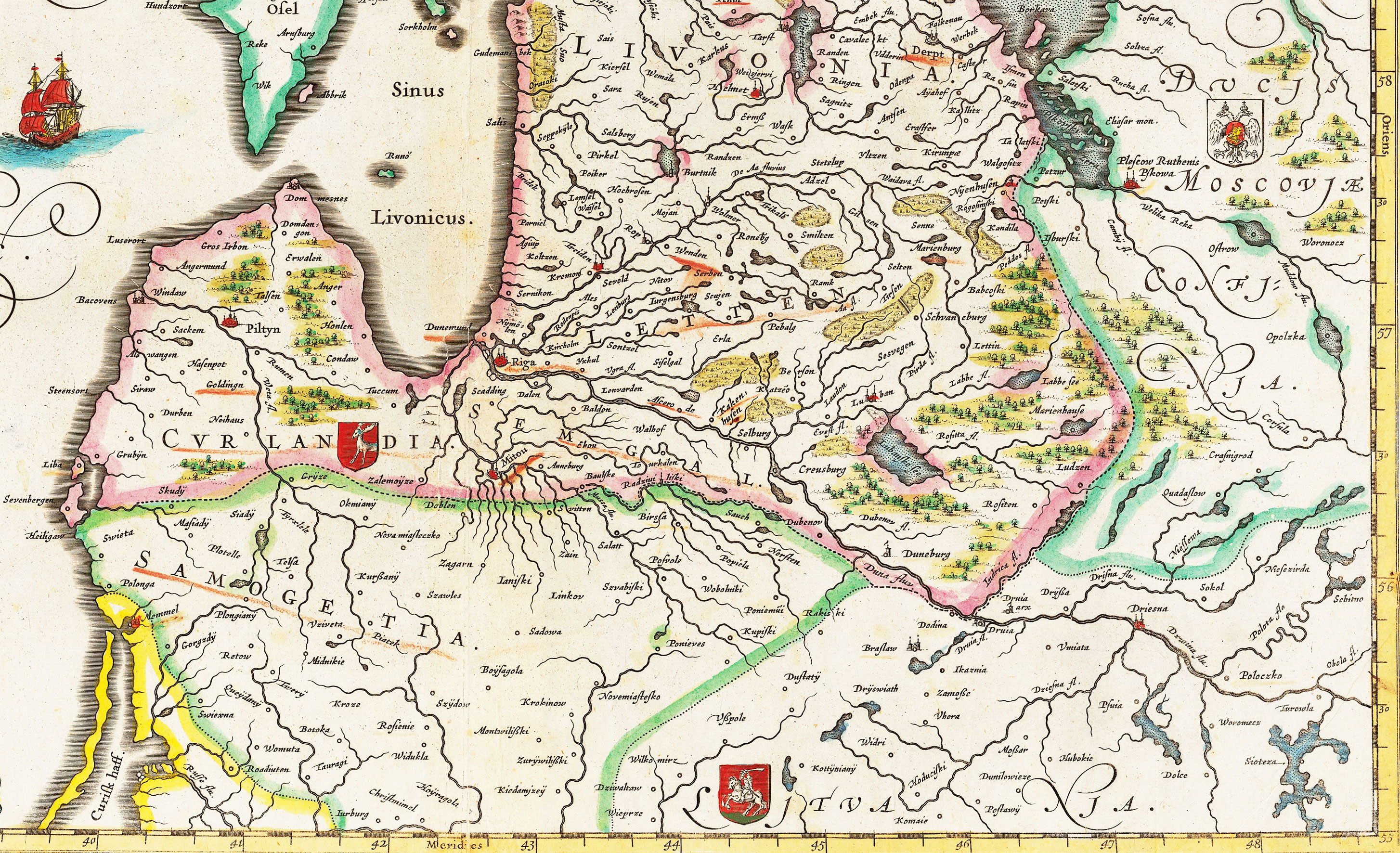|
Laima Vaitkunskienė
Laima Vaitkunskienė (born 13 September 1936) is a Lithuanian medieval archaeologist, who specialises in the study of burial practices. She has led extensive and numerous excavations, and led on the study of amber in the region. Biography Born in Rokiškis, Vaitkunskienė graduated in 1956 with a degree in history and philology from Vilnius University. After graduation she worked for the , before beginning work at the Institute of History in 1957. From 1958–59, she led excavations at the and settlement, in partnership with the Rokiškis Regional Museum. She also led excavations at several burial sites, including: , Jurgaičiai, , , and cemeteries. She was awarded a PhD in 1967. Her work at Pagrybis investigated a cemetery dating to the 5th to 6th centuries CE, where she interpreted the site as showing an increased militarisation during the period they were in use. The excavations at Žąsinas were undertaken between 1976 and 1979, and resulted in the exploration of Sa ... [...More Info...] [...Related Items...] OR: [Wikipedia] [Google] [Baidu] |
Rokiškis
Rokiškis () is a list of cities in Lithuania, city in northeastern Lithuania, close to the Latvia–Lithuania border, with a population of 11,606 (2023). The city is a capital of the Rokiškis District Municipality with a population of 28,715 (2021). It is governed by the Rokiškis City Eldership. The city center (Rokiškis Old Town) formed in the late 18th century when Rokiškis was ruled by Tyzenhauz family. The Rokiškis Manor and the Church of St. Matthew, Rokiškis, Church of St. Matthew are valuable examples of the 19th century architecture in Lithuania and a central pedestrian road through the Independence Square and Tyzenhauzų St. connect the Church with the Manor's Palace. The Laukupė River is flowing through the city. History The legend of the founding of Rokiškis tells about a hunter called Rokas who had been hunting for Hare, hares (Lithuanian language, Lit. "kiškis"). However, cities ending in "-kiškis" are quite popular in the region. The Rokiškis Manor was f ... [...More Info...] [...Related Items...] OR: [Wikipedia] [Google] [Baidu] |
Lithuanian Long Currency
The so-called Lithuanian long currency was a type of money used by the Baltic tribes and in the early Grand Duchy of Lithuania in the 12th–15th centuries. It was commodity money in the form of silver ingots. Most often they were semicircular rods about in length and weighted between . Other trading centers, notably Kievan Rus' and Veliky Novgorod, developed their own version of such ingots which are known as grivna or grzywna. The ingots were replaced by minted coins in the middle of the 15th century. Terminology The currency was mentioned already by Tadeusz Czacki (1800) and Simonas Daukantas (1845). In 1932, Povilas Karmaza published an extensive study on a hoard found in Ribiškės. He measured, weighted, and classified about 400 pieces of semicircular cast ingots, but this work was limited to this one hoard. G. Federov (1949) was the first to attempt to create a classification system and topography of the findings to date. This work was still confused and incomplete. ... [...More Info...] [...Related Items...] OR: [Wikipedia] [Google] [Baidu] |
Lithuanian Women Writers
This is a list of women writers who were born in Lithuania or whose writings are closely associated with that country. A *Gintarė Adomaitytė (born 1957), journalist *Loreta Anilionytė, philosopher, educator, non-fiction writer, novelist, since 2000 *Yemima Avidar-Tchernovitz (1909–1998), Lithuanian-born Hebrew children's writer *Magdalena Avietėnaitė (1892–1984), journalist, diplomat and a public figure B *Ona Baliukonė (1948–2007), poet, essayist, painter C *Laura Sintija Černiauskaitė (born 1976), playwright, novelist *Birutė Ciplijauskaitė (1929–2017), scholar, translator G *Ona Galdikaitė (1898–1990), Lithuanian nun, poet and dissident writer, theological translator *Marija Gimbutas (1921–1994), Lithuanian-American translator, non-fiction writer, writings in German and English on archaeology, Lithuanian culture *Emma Goldman (1869–1940), Lithuanian-born Russian-American memoirist, autobiographer, publisher, anarchist *Aldona Gustas (1932–2022), ... [...More Info...] [...Related Items...] OR: [Wikipedia] [Google] [Baidu] |
Lithuanian Women Archaeologists
Lithuanian may refer to: * Something of, from, or related to Lithuania, a country in the Baltic region in northern Europe ** Lithuanian language ** Lithuanians, a Baltic ethnic group, native to Lithuania and the immediate geographical region ** Lithuanian cuisine ** Lithuanian culture Other uses * Lithuanian Jews as often called "Lithuanians" (''Lita'im'' or ''Litvaks'') by other Jews, sometimes used to mean Mitnagdim * Grand Duchy of Lithuania * Polish–Lithuanian Commonwealth See also * List of Lithuanians This is a list of Lithuanians, both people of Lithuanian descent and people with the birthplace or citizenship of Lithuania. In a case when a person was born in the territory of former Grand Duchy of Lithuania and not in the territory of moder ... {{disambig Language and nationality disambiguation pages ... [...More Info...] [...Related Items...] OR: [Wikipedia] [Google] [Baidu] |
Women Medievalists
A woman is an adult female human. Before adulthood, a female child or adolescent is referred to as a girl. Typically, women are of the female sex and inherit a pair of X chromosomes, one from each parent, and women with functional uteruses are capable of pregnancy and giving birth from puberty until menopause. More generally, sex differentiation of the female fetus is governed by the lack of a present, or functioning, ''SRY'' gene on either one of the respective sex chromosomes. Female anatomy is distinguished from male anatomy by the female reproductive system, which includes the ovaries, fallopian tubes, uterus, vagina, and vulva. An adult woman generally has a wider pelvis, broader hips, and larger breasts than an adult man. These characteristics facilitate childbirth and breastfeeding. Women typically have less facial and other body hair, have a higher body fat composition, and are on average shorter and less muscular than men. Throughout human history, traditional gen ... [...More Info...] [...Related Items...] OR: [Wikipedia] [Google] [Baidu] |
Vilnius University Alumni
Vilnius ( , ) is the capital of and List of cities in Lithuania#Cities, largest city in Lithuania and the List of cities in the Baltic states by population, most-populous city in the Baltic states. The city's estimated January 2025 population was 607,667, and the Vilnius urban area (which extends beyond the city limits) has an estimated population of 747,864. Vilnius is notable for the architecture of its Vilnius Old Town, Old Town, considered one of Europe's largest and best-preserved old towns. The city was declared a World Heritage Site, UNESCO World Heritage Site in 1994. The architectural style known as Vilnian Baroque is named after the city, which is farthest to the east among Baroque architecture, Baroque cities and the largest such city north of the Alps. The city was noted for its #Demographics, multicultural population during the Polish–Lithuanian Commonwealth, with contemporary sources comparing it to Babylon. Before World War II and The Holocaust in Lithuania, th ... [...More Info...] [...Related Items...] OR: [Wikipedia] [Google] [Baidu] |
Living People
Purpose: Because living persons may suffer personal harm from inappropriate information, we should watch their articles carefully. By adding an article to this category, it marks them with a notice about sources whenever someone tries to edit them, to remind them of WP:BLP (biographies of living persons) policy that these articles must maintain a neutral point of view, maintain factual accuracy, and be properly sourced. Recent changes to these articles are listed on Special:RecentChangesLinked/Living people. Organization: This category should not be sub-categorized. Entries are generally sorted by family name In many societies, a surname, family name, or last name is the mostly hereditary portion of one's personal name that indicates one's family. It is typically combined with a given name to form the full name of a person, although several give .... Maintenance: Individuals of advanced age (over 90), for whom there has been no new documentation in the last ten ... [...More Info...] [...Related Items...] OR: [Wikipedia] [Google] [Baidu] |
1936 Births
Events January–February * January 20 – The Prince of Wales succeeds to the throne of the United Kingdom as King Edward VIII, following the death of his father, George V, at Sandringham House. * January 28 – Death and state funeral of George V, State funeral of George V of the United Kingdom. After a procession through London, he is buried at St George's Chapel, Windsor Castle. * February 4 – Radium E (bismuth-210) becomes the first radioactive element to be made synthetically. * February 6 – The 1936 Winter Olympics, IV Olympic Winter Games open in Garmisch-Partenkirchen, Germany. * February 10–February 19, 19 – Second Italo-Ethiopian War: Battle of Amba Aradam – Italian forces gain a decisive tactical victory, effectively neutralizing the army of the Ethiopian Empire. * February 16 – 1936 Spanish general election: The left-wing Popular Front (Spain), Popular Front coalition takes a majority. * February 26 – February 26 Incident (二・二六事件, ... [...More Info...] [...Related Items...] OR: [Wikipedia] [Google] [Baidu] |
Lithuanian Mythology
Lithuanian mythology () is the mythology of Lithuanians, Lithuanian polytheism, the religion of pre-Christian Lithuanians. Like other Indo-European studies, Indo-Europeans, Lithuanians (tribe), ancient Lithuanians maintained a polytheistic mythology and religious structure. In pre-Christian Lithuania, mythology was a part of polytheistic religion; after Christianisation mythology survived mostly in folklore, customs and festive rituals. Lithuanian mythology is very close to the mythology of other Balts, Baltic nations such as Old Prussians, Prussians and Latvians, and is considered a part of Baltic mythology. Sources and evidence Early Lithuanian religion and customs were based on oral tradition. Therefore, the very first records about Lithuanian mythology and beliefs were made by travellers, Christian missionaries, chronicle writers and historians. Original Lithuanian oral tradition partially survived in national ritual and festive songs and legends which started to be writ ... [...More Info...] [...Related Items...] OR: [Wikipedia] [Google] [Baidu] |
Lithuania
Lithuania, officially the Republic of Lithuania, is a country in the Baltic region of Europe. It is one of three Baltic states and lies on the eastern shore of the Baltic Sea, bordered by Latvia to the north, Belarus to the east and south, Poland to the south, and the Russian exclave, semi-exclave of Kaliningrad Oblast to the southwest, with a Maritime boundary, maritime border with Sweden to the west. Lithuania covers an area of , with a population of 2.89 million. Its capital and largest city is Vilnius; other major cities include Kaunas, Klaipėda, Šiauliai and Panevėžys. Lithuanians who are the titular nation and form the majority of the country's population, belong to the ethnolinguistic group of Balts and speak Lithuanian language, Lithuanian. For millennia, the southeastern shores of the Baltic Sea were inhabited by various Balts, Baltic tribes. In the 1230s, Lithuanian lands were united for the first time by Mindaugas, who formed the Kingdom of Lithuania on 6 July ... [...More Info...] [...Related Items...] OR: [Wikipedia] [Google] [Baidu] |
Amber
Amber is fossilized tree resin. Examples of it have been appreciated for its color and natural beauty since the Neolithic times, and worked as a gemstone since antiquity."Amber" (2004). In Maxine N. Lurie and Marc Mappen (eds.) ''Encyclopedia of New Jersey'', Rutgers University Press, . Amber is used in jewelry and as a healing agent in Traditional medicine, folk medicine. There are five classes of amber, defined on the basis of their chemical constituents. Because it originates as a soft, sticky tree resin, amber sometimes contains animal and plant material as Inclusion (mineral), inclusions. Amber occurring in coal seams is also called resinite, and the term ''ambrite'' is applied to that found specifically within New Zealand coal seams. Etymology The English word ''amber'' derives from Arabic from Middle Persian 𐭠𐭭𐭡𐭫 (''ʾnbl'' /ambar/, “ambergris”) via Medieval Latin, Middle Latin ''ambar'' and Middle French ''ambre''. The word referred to what is n ... [...More Info...] [...Related Items...] OR: [Wikipedia] [Google] [Baidu] |
Samogitians
Samogitians ( Samogitian: ''žemaitē'', , ) are the inhabitants of Samogitia, an ethnographic region of Lithuania. Many speak the Samogitian language, which in Lithuania is mostly considered a dialect of the Lithuanian language together with the Aukštaitian dialect. The Samogitian language differs the most from the standard Lithuanian language. Whether Samogitians are considered to be a distinct ethnic group or merely a subset of Lithuanians varies. However, 2,169 people declared their ethnicity as Samogitian during the Lithuanian census of 2011, of whom 53.9% live in Telšiai County. The political recognition and cultural understanding of the Samogitian ethnicity has, however, changed drastically throughout the last few centuries as 448,022 people declared themselves Samogitians, not Lithuanians, in the 1897 Russian Empire census. History On 13 July 1260, the Samogitians decisively defeated the joint forces of the Teutonic Knights from Prussia and Livonian Order from Liv ... [...More Info...] [...Related Items...] OR: [Wikipedia] [Google] [Baidu] |






